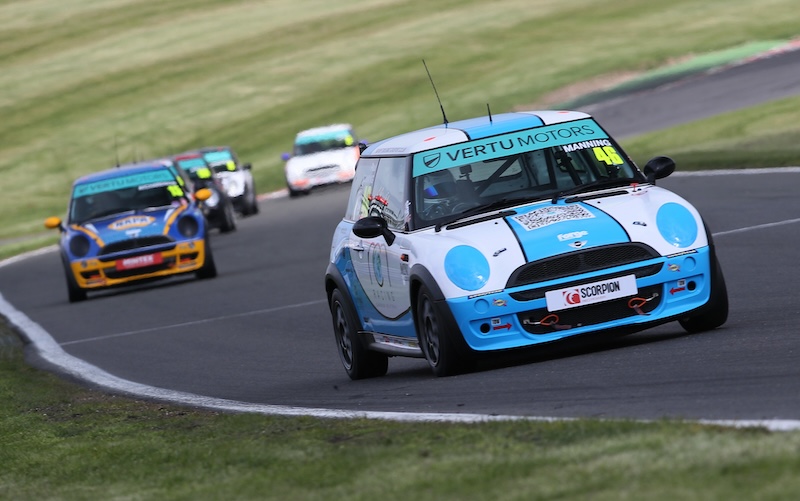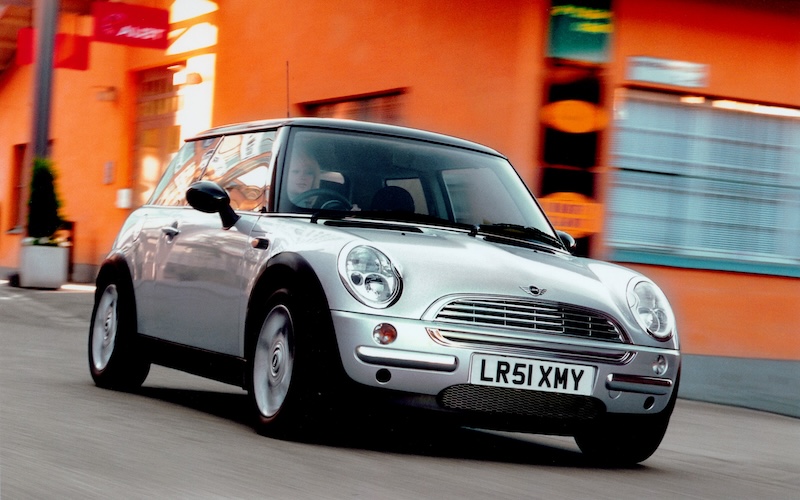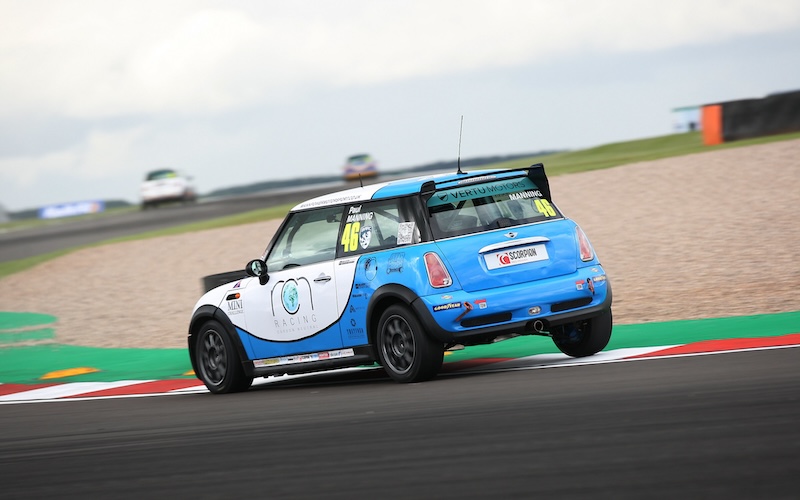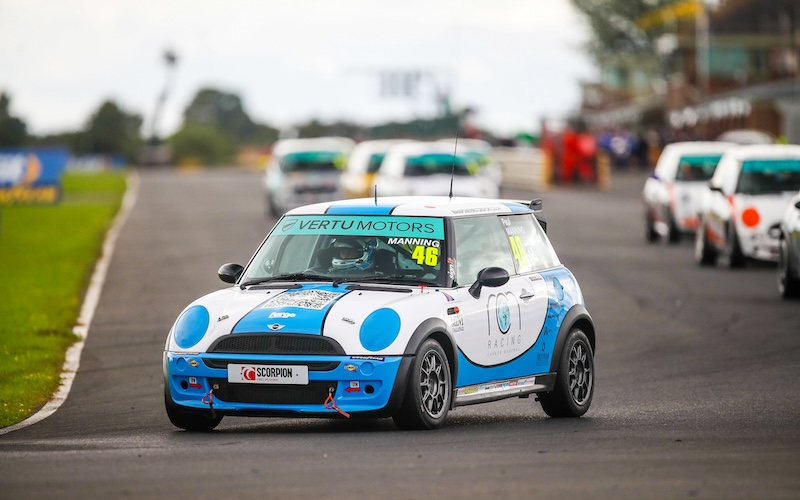Road versus Race

After a dramatic year of racing across two classes, the Vertu Motors MINI CHALLENGE season has now drawn a close with champions having been crowned in both the JCW and Cooper classes after their respective season finales.
In the headline JCW category, running exclusively alongside the British Touring Car Championship, the title went the way of Dan Zelos as he lifted the title for the second time in his career, whilst it was fellow EXCELR8 Motorsport driver Tom Ovenden who came out on top in the Coopers.
Whilst Zelos and his fellow JCW racers did battle in bespoke race cars created specifically for on-track action, the story was completely different for Ovenden and the Cooper grid – who do battle in the Vertu Motors MINI CHALLENGE Trophy.
As the entry point for drivers who want to compete in the MINI CHALLENGE, the Cooper class is intended to be the most affordable option available and a large part of that is down to the actual car itself...
The current Cooper class car is based on the first generation R50 MINI, a model that was first introduced back 2001 when BMW elected to relaunch the brand.

Cars can be built from scratch for under £15,000, which provides huge value when you consider that a used JCW car can cost more than double that amount, and means the MINI CHALLENGE Trophy consistently has some of the biggest grids on the British motorsport scene.
But how does an R50 Cooper competing in the MINI CHALLENGE Trophy really compare to its road-going cousin?
“There are actually a lot of similarities between the two,” James Manning, principal of the Mannpower Motorsport team said, “and that includes under the bonnet. Internally within the engine, there isn’t a lot that is different to the road car although we do run a different air filter and clutch on the race car. We also run the gearbox that is fitted to the Cooper S model so whilst that is different to the R50 road car, it remains a standard part.
“After that, you start to get into more of the motorsport performance parts like AST dampers and Mintex pads and discs at the front end, but they remain standard road car size. When you consider the mechanical similarities, you can see why the championship is so appealing because it means anyone can – in theory – go out and build a car to race.”

Internally there is the understandable addition of a full roll cage for safety reasons, whilst passenger and rear seats are removed when the car is stripped our ready for competition.
There are however some elements of the interior that remain untouched, with much of the dashboard still in place on some of the competing cars.
“The standard dashboard doesn’t actually add a lot of weight and it makes the car look a lot nicer, so we keep most of it in place,” Manning continued.
“The rear end is obviously stripped out so that the roll cage can be fitted but up front, there is more that remains the same. When you look in a Cooper, you can recognise what it is immediately from the dashboard whereas take a look inside a JCW, and there will be nothing that is standard.”
Unlike a bespoke race car featuring specially produced body panels designed to save weight, the bodywork on the Cooper is largely as it would have been when leaving the factory in Oxford.
That, in theory, should provide a plentiful supply of parts on the second hand market but the fact that the first R50 models are now more than 20 years old does mean issues could arise in the near future.
“The body panels are all the same as you get on a road car,” Manning continued. “We’ll remove the standard door cards and replace them with some plastic ones but beyond that, the panels are the same. We do run a Cooper S bumper on a Cooper, but again, that is a standard part as you would find on a road car.

“Sourcing parts is easier than if you were trying to find bespoke motorsport parts, although some are becoming more difficult to locate. That is something you would come to expect when you consider the age of the car but there are deals to be had and it’s a case of stocking up on parts as and when they become available.”
And when it comes to building a race car, teams have plenty of options when it comes to sourcing a base platform...
“We’ll go pretty much anywhere to buy a car and the thing you need to remember is that if you are going to build a race car to a good level, you are going to rebuild the engine, strip everything down and give it a full rebuild,” Manning concluded. “It means you could go on a local selling site or on eBay, pick up a car that has failed its MOT for not a lot money, and give it a new lease of life as a race car.
“We’d normally look to buy a Cooper and a Cooper S so we can access the gearbox and other parts we might need but only because that is how we work, There is no reason why you couldn’t just go out and collect a second-hand Cooper, source the additional parts you need afterwards, and next thing you know you have a race car that can compete on the biggest package in the UK.”